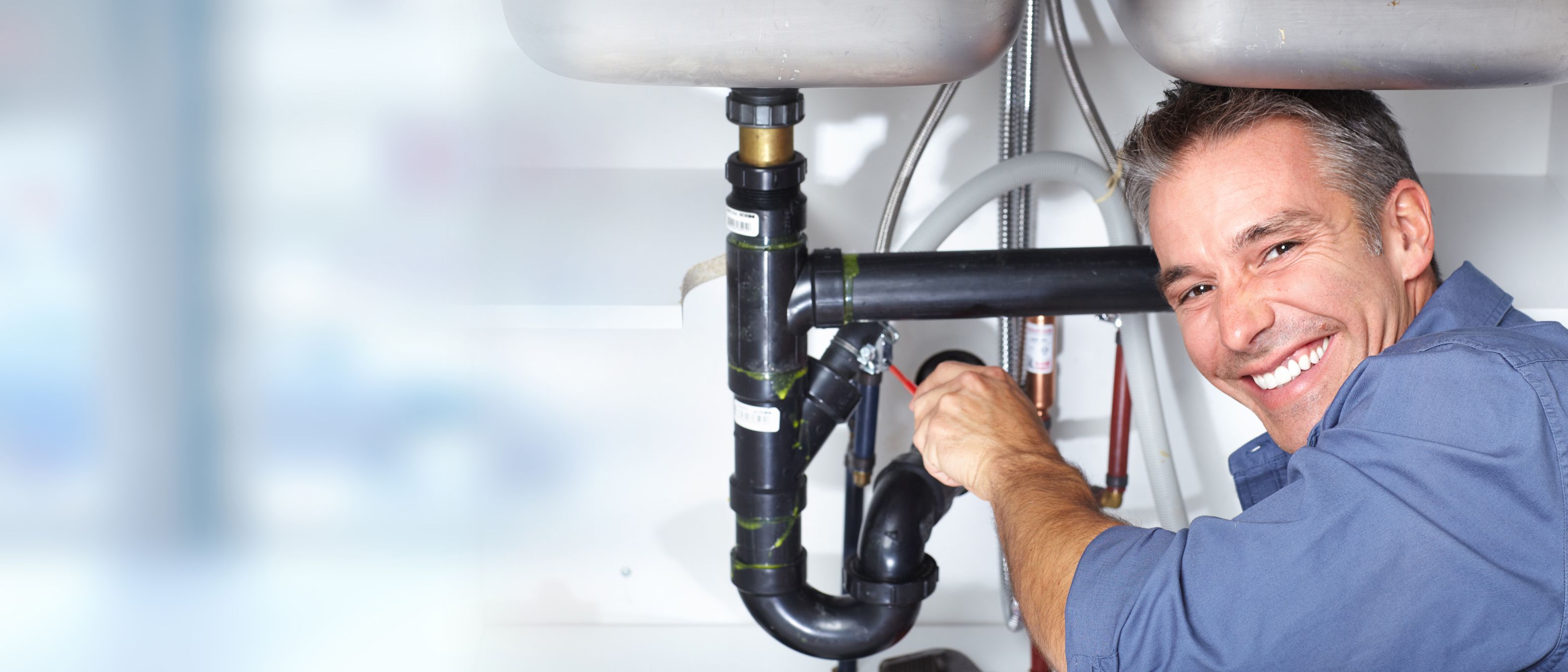What To Do When Your Sink Drains Slowly
If your sink drains slowly, you might be tempted to call a plumber. However, most problems that cause slow drains are easy to fix. Anything other than water that goes down a sink drain can potentially cause a back-up. However, there are 4 very common reasons for this, and they are fixable.
Hair is a very common problem, especially in bathroom drains. Because hair does not easily dissolve, it has a tendency to accumulate over time and catch other debris as well, making for a formidable clog. Hair clogs can be removed with drain cleaner, a plunger, or a drain snake. Prevention is better. Installing a hair trap can help if it is emptied regularly.
When a kitchen sink drains slowly, that is usually due to grease. Grease might seem harmless enough, but it can solidify and block the water flow and trap other particle as well. A simple preventative is to not pour grease down the drain. If you do, then you should pour very hot water down the sink with the grease to keep the grease of cooling and coagulating. If the grease has started to accumulate, hot water can break it up as well. Soap scum acts the same way as grease does. You might be cleaning your dishes with liquid soap, but that soap can turn into a solid and accumulate in the drain pipe. It is hard to prevent the build-up of soap scum, but it is treated the same way as grease.
In some regions, hard water can be a serious plumbing issue. The minerals associated with hard water can build up in your pipes, causing your sink drains to slow down. Removing these rock hard mineral build ups usually requires a drain snake or drain cleaner. To prevent these problems, you might want to consider installing a water softener. If you dont, the hard water problems will continue and might cause permanent damage to the pipes.
Some clogs cause permanent damage. Mineral deposits can become too large to dislodge. Sometimes, the cleaners and drain snakes can do damage to the pipes when clearing clogs, causing a need for sink drain repair. Usually all is needed is a replacement U-pipe or S-pipe under the sink. Dont forget to put a bucket in place to catch the water that is caught in the drain when you remove the pipe. All the tools and materials you will need for this repair can be found at your local home improvement store.
Sink drain installation is a relatively simple task once the damaged drain pipe is removed. The new pipe should fit snuggly into your existing plumbing with the help of a washer to keep the seal tight. A pipe wrench should be the only tool you need. Plumbers tape might also help seal the connection, but might not be necessary. Once installation is complete, you should run water into the drain and check for leaks. You might find that some screws need to be tightened or washers are not fitted properly.
When a sink drains slowly, it is only a matter of time before it stops completely. Treating a slow drain early can prevent more serious problems later. Over treating with drain cleaners, however, can lead to problems. The corrosive chemicals in the cleaners that clear the material clogging the drain do not necessarily discriminate. If used often enough, they will destroy the drain pipe. Fortunately, replacing a drain pipe is easy enough that it can be done without calling a plumber. Homeowners that learn basic plumbing can save themselves thousands of dollars over the lifetime of their home.
Category: Const - Plumbing
Related Articles
- Hiring a Qualified Plumber for your Plumbing Needs
- Selecting A The Plumber That Is Right For The Job
- How to Fix a Faucet Drip
- The Art of Choosing the Best Plumber
- Plumbing Faucets
- Common Plumbing Problems You Can Fix Yourself
- Home Plumbing Tips and Tricks
- Repairing And Maintaining A Water Heater Yourself
- Hiring a Plumber for Home Renovation Projects
Business News
Popular Posts
- Mastering the Mindset Shift - Effective Tips for a Positive Transformation
- Overcoming Negative Thoughts - Strategies for a Positive Mindset
- Why is Mind Balance so important
- Mind Balance - for those who dare to redefine their limits
- Mind Matters- The Chiropractic Approach to Personal Growth
- Three Sentences from a Billionaire That Changed My Life and Made Me Millions
- Unlocking Potential - The Power of Personality Assessment in Overcoming Obstacles
- Embracing Faith and Self - A Christian Guide to Personal Strengths and Weaknesses
- Buddhist Reflections - Navigating the Path of Self-Awareness and Enlightenment
- Universal Pursuit of Happiness - Wisdom from World Religions
- Illuminating the Path - Overcoming Ignorance and Misunderstanding in World Religions
- Interfaith Insights by 1WorldPeace - The Top 100 Universal Beliefs in Global Spirituality
- The SmartGuy Vision - A United Future Through Interfaith Love and Respect
- A Cautionary Vision - The Grim Future of a Divided World Without Love and Balance
- Harnessing Personality Assessment for Enhanced Well-being and Fulfillment
- The Essence of Islam - Understanding Its Beliefs Rituals and Cultural Significance
- Cultivating Key Skills to Overcome Anti-Semitism and Hate
- How Mind Balance Empowers You Against Misinformation
- Clearing Mental Plaque: The Path to Enhanced Communication and Divine Connection
- Finding Strength and Safety in Scripture - 25 New Testament Passages to Combat Spiritual Attacks
